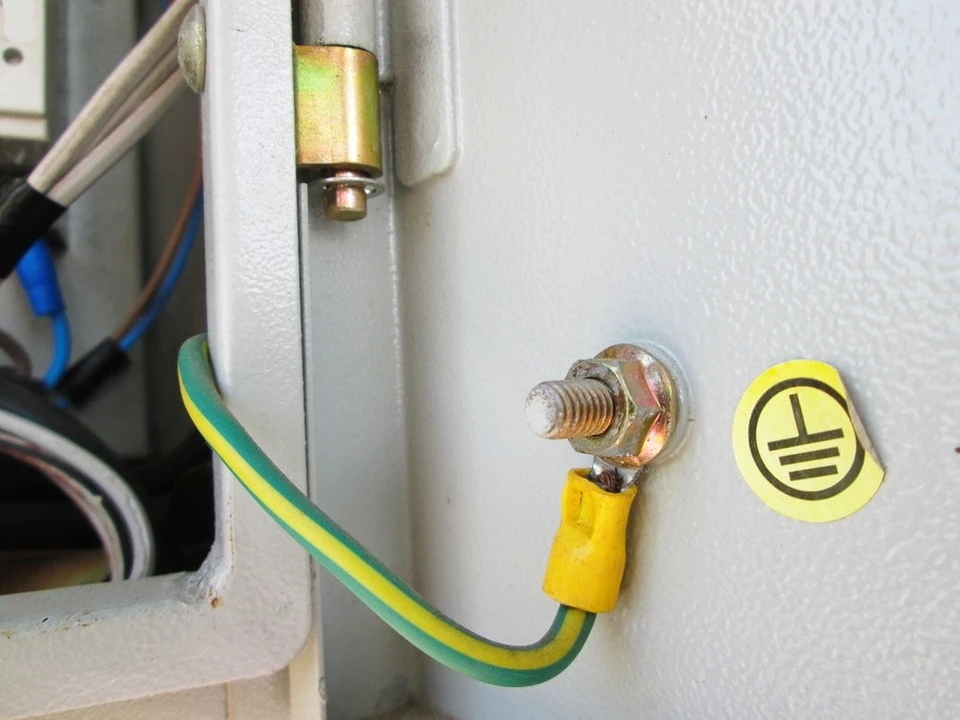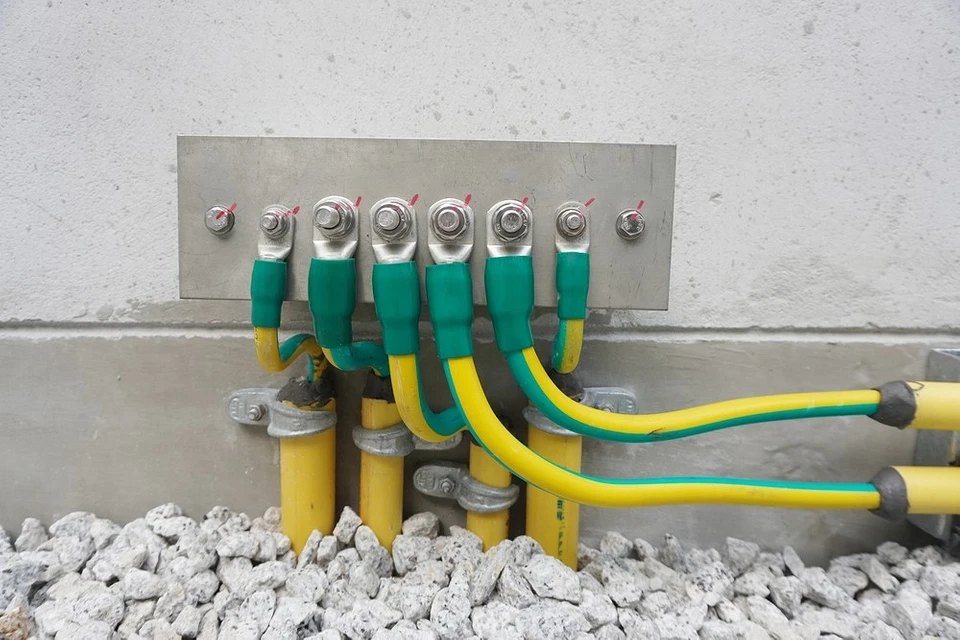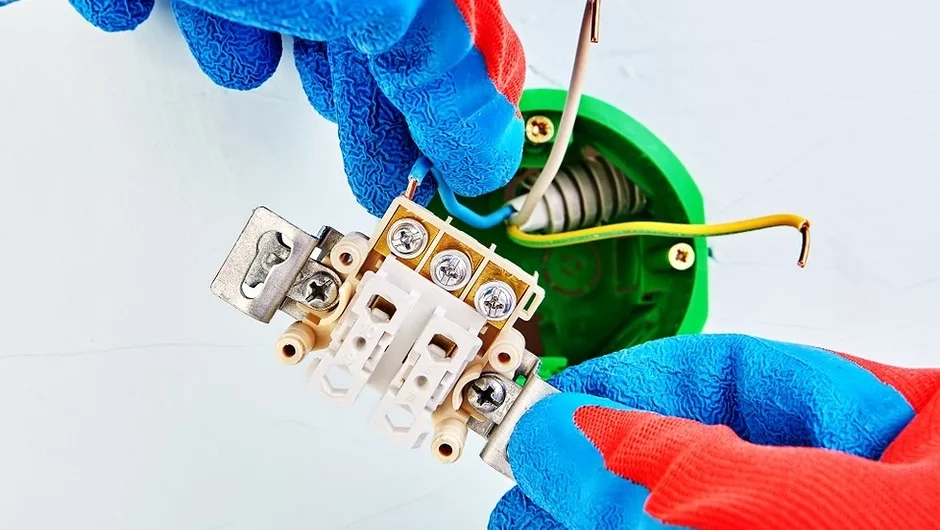We tell you why grounding is necessary and what needs to be grounded, how it should work.
Every house or apartment has lighting and at least a few household appliances. Therefore, knowing how the grounding system works is advisable to ensure safety. Let’s figure out what grounding is, what it is needed for, and what requirements apply to its installation.
The article is written for informational purposes. Independent work with electricity without the necessary experience and professionalism can be life-threatening due to electric shocks and lead to consequences in the form of fires, etc. The editors are not responsible for the actions of readers.
What is grounding and why is it needed?
Grounding in electrical engineering is a mandatory and very important stage in the arrangement of power supply of any facility, including industrial or public premises, residential buildings. Grounding itself is considered to be the connection of conductive elements of the electrical network to a grounding structure dug into the ground with minimal resistance.
Important. Current-conducting elements of the network are considered to be working units of household appliances or working machines, housings of electrical installations, shielding braids of electrical cables. Moreover, in normal mode they should not be under voltage.
The grounding system ensures the safety of people in case of possible current leakage. If a high-power electric current passes through a person’s body, irreversible damage occurs, leading to death.
Electric shock is possible when a person is “connected” to an electric circuit, i.e. becomes a link in it. So, if for some reason electric current flows to the body of a household appliance, the circuit is not yet closed. As soon as a person standing on the floor touches the body with his hand, he closes this circuit on himself. For electric current to flow, a potential difference is needed, which is formed between the phase and the ground, to which the floor is connected. Therefore, the current will go from the body of the device along the hand, through the body and into the floor. Thus, a person involuntarily “connects” to the circuit, passing electric current through himself. If the charge is large, he can get a severe shock.
To prevent this from happening, a protection system has been developed. It is designed to prevent electric shock when touching a section that is under voltage. This is the main task of why grounding is needed in a private house or apartment. Its proper arrangement ensures electrical safety for all residents. Additionally, lightning protection is installed to protect against discharge damage when lightning strikes. It is connected to a lightning rod or lightning receiver.

How the system works
The protective grounding system consists of three main parts.
- Wiring of grounding wires.
- Grounding busbar
- Metal outline.
The circuit is assembled from several, usually four to six, metal rods-electrodes approximately 250-300 cm long. They are driven deep into the ground so that the ends are below the freezing level of the soil. This is important, in this case, even in winter, the electrodes will be in a humid environment that conducts electric current. The upper edges of the rods are connected into a common circuit using metal strips.
A contact zone is equipped at the top of one of the rods. This is a bolt to which a copper conductive busbar is attached. It goes to the distribution board, where it is connected to a special bar. This is the main grounding busbar, from which the wires are distributed to all consumers. This is how the grounding is connected to all conductive elements in the house.
The protective system works in the following way. When an electric current leak occurs, which is possible in any electrical appliance or device connected to electricity, its body becomes energized. If there is no grounding, a person who touches the body is “connected” to the circuit, and the current flows through him. If there is grounding, the circuit is also closed, but the electric current does not flow through the person, but through the grounding system and goes into the ground. This happens because electric current always flows along the path with the least resistance. The human body has greater resistance than the grounding system. It turns out that the presence of grounding prevents electric shock. The system must be designed by a specialist.

Basic requirements for the grounding system
For a grounding system to work, it must be designed and installed correctly. The following requirements apply to it.
- The PUE regulates the resistance value of the local grounding structure of a private house. It depends on various factors. To determine it accurately, you need to consult with specialists.
- All electrical installations, metal housings, and external parts of electrical equipment are grounded.
- The grounding structure must be immersed in damp soil that must not freeze. To do this, it is necessary to correctly calculate the depth, and take into account the climatic and geological features of the area.
- The electrode rods and the metal strips connecting them must be wear-resistant and resistant to corrosion. Stainless steel is the best choice for their manufacture.
It is strictly forbidden to use water, sewer, and other pipelines as grounding. This is very dangerous for the residents of the house.

What needs to be grounded
To ensure maximum electrical safety, it is necessary to ground all electrical appliances and devices whose body is partially or completely made of metal. Any device with a class I protection conductive body can become a source of electric shock. Therefore, refrigerators, computers, dishwashers, etc. must be grounded. Particular attention is paid to grounding household appliances that come into contact with water. These are boilers, heating boilers, dishwashers, washing machines, etc. The higher the power of the device, the more dangerous it is.
Not everyone understands why grounding is needed in the bathroom. Special protection is needed for damp rooms such as saunas, bathrooms, etc. In conditions of high humidity, the risk of electric shock is higher, since water with salt impurities is a conductor. Thus, an ungrounded washing machine, electric water heater, underfloor heating system, etc. can be considered potentially dangerous in such conditions. Even in a fully functional electrical appliance, if moisture has “reached” the uninsulated terminals, an electric current leak onto the body is possible.
To ground electrical appliances, they must be connected to an external grounding circuit. This can be done by connecting to three-pin sockets or directly to the electrical panel. For this, an electric cable with three cores is used. The first, marked blue, is connected to zero, the second, which can be of any color, is connected to the phase, and the core marked yellow-green is attached to the grounding bus.
All modern devices of protection class I, where a breakdown of electric current to the body is possible, are necessarily equipped with a plug with a contact for grounding. It is called a Euro plug. It is designed to be plugged into a three-pin socket. It becomes clear why grounding is needed in a socket or extension cord. The manufacturer assumes that the equipment will be plugged into a three-wire network only. This guarantees its safe use.
If a two-wire network is installed, the protection will not work, since the electrical appliance will not be connected to the grounding system. Then it is recommended to install a grounding loop. A grounding wire is connected to it, which is connected to sockets and other types of load. Some are sure that if you install an RCD, then installing a grounding system is not necessary. It should be understood that the device will help in the fight against leakage currents, but it is not designed to replace the grounding system and protect against electric shock.

Why do we need differential circuit breakers and RCDs?
The installation and connection of the grounding circuit protect against electric shock, but additional protection is also needed. Therefore, the installation of an RCD is considered mandatory, this is an abbreviation for the name of the residual current device. A similar function is performed by differential circuit breakers. Let’s figure out what they are for.
RCD
It is designed to react to leakage current. It is dangerous because it leads to electric shock if a person touches a faulty device, or to a fire that occurs when the insulation heats up. RCDs are always installed together with an automatic switch, which is triggered by a signal from the RCD.
The principle of operation of the device is as follows. It constantly monitors the amount of electric current flowing through zero and phase. If these values do not match, then a leakage current has appeared. In this case, the RCD is triggered. Devices with different sensitivities are produced. A device that is too sensitive will often trigger and disconnect the line. This must be taken into account when choosing the sensitivity of the RCD. However, a device that is too “rough” will not work either, since it only triggers fairly significant leaks, which can be dangerous.
Residual current circuit breaker
A device that combines a circuit breaker and an RCD. Thus, it protects the wiring from short circuits and overloads, and people from electric shock. Residual current circuit breakers allow you to save space in the distribution board since they take up less space during installation than RCDs and circuit breakers made in separate housings.

Important. Installation of RCD or differential circuit breakers is considered mandatory. To ensure operational safety, any powerful electrical appliances should be installed only through them. It should be remembered that if you install RCD without a grounding system, it will not be able to protect against electric shock.



